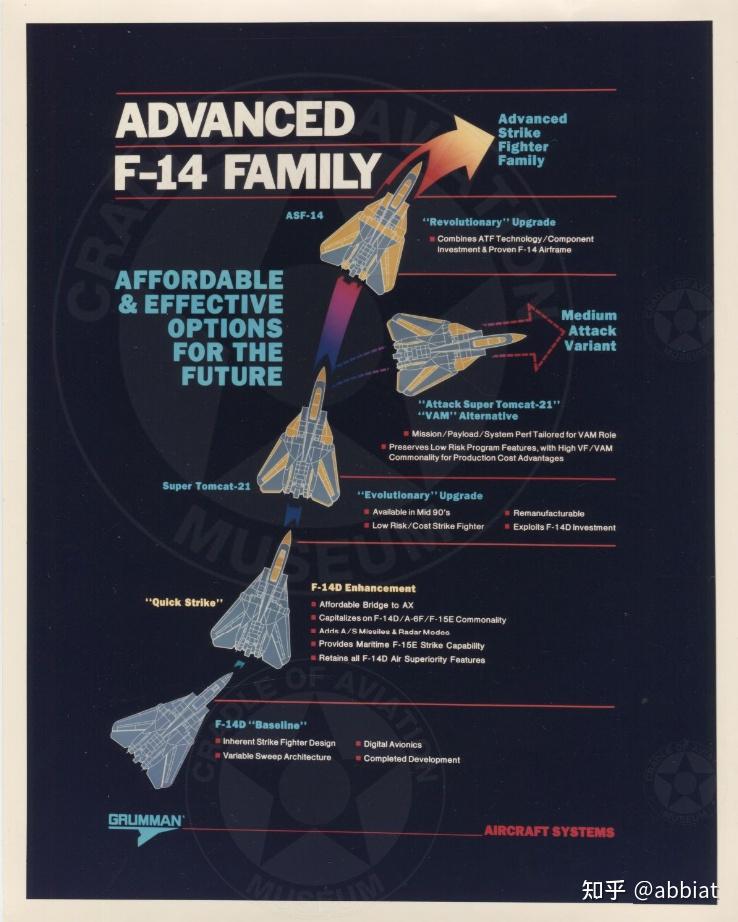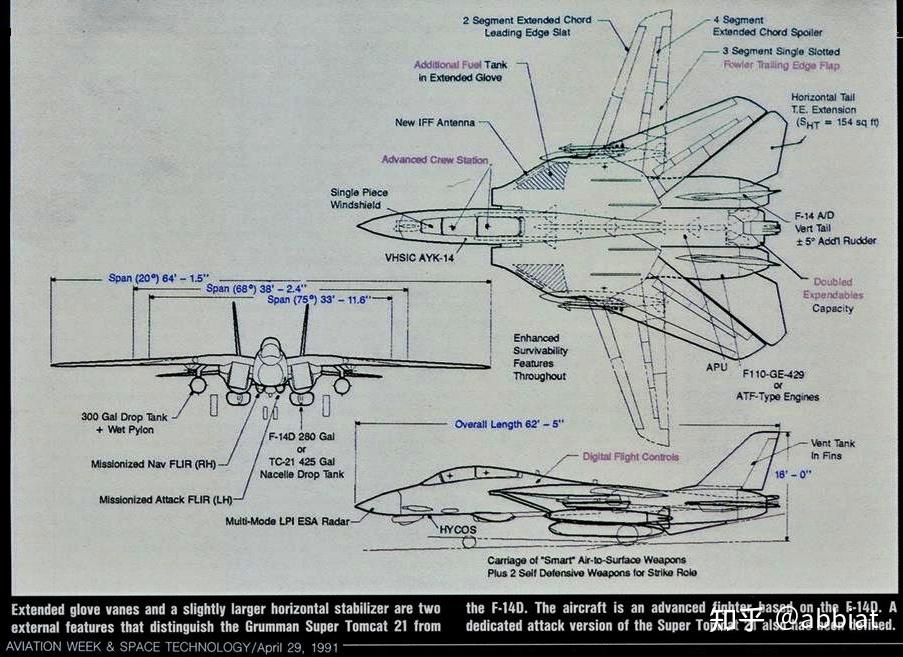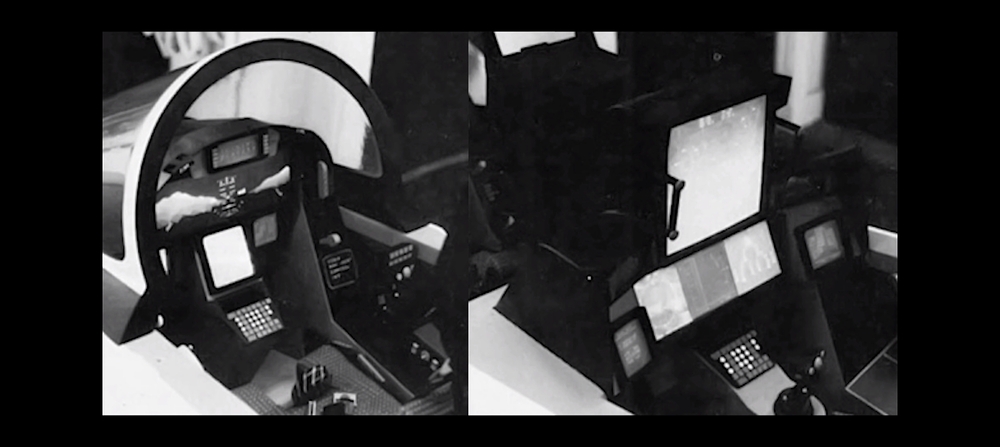- Yes
- No
Vehicle Proposal: Grumman F-14D Super Tomcat 21 (ST21)
Description
The Grumman F-14D Super Tomcat 21 was an ambitious development proposal from the early 1990s, designed to be the ultimate evolution of the iconic F-14 Tomcat. Conceived as a lower-cost, high-capability alternative to the Naval Advanced Tactical Fighter (NATF), the ST21 aimed to transform the classic fleet defender into a true 21st-century multi-role strike fighter. It represents the “what-if” pinnacle of the Tomcat lineage, incorporating advanced technologies to maintain air dominance for decades to come.

Key Features
· Supercruise Capability: The heart of the ST21 upgrade was the pair of General Electric F110-129 Enhanced Performance Engines (EPE). This would provide a significant thrust increase, enabling the aircraft to sustain supersonic flight without the use of afterburners, a first for any F-14 variant.
· “Quick-Change” Wings: A revolutionary feature proposing a simplified wing-sweep mechanism. The outer wing panels could be swapped on the ground for mission-specific profiles: long-span wings for superior turn performance and loiter time, and short-span wings for maximum speed and low-level penetration.
· Enhanced Stealth & Airframe: Incorporation of Radar-Absorbent Materials (RAM), a redesigned and more aerodynamic chin pod, and planform alignment to significantly reduce the aircraft’s Radar Cross-Section (RCS). Increased use of composites would reduce overall weight.
· Advanced Avionics Suite: Featuring an upgraded AN/APG-71 radar with greater processing power and detection range, a modern glass cockpit with large Multi-Function Displays (MFDs), and integrated advanced targeting pods.


History
In the post-Cold War defense budget environment, the U.S. Navy sought a cost-effective path to modernize its air wings. The NATF program was proving too expensive, and the F/A-18E/F Super Hornet was still in development. Grumman seized this opportunity to propose the Super Tomcat 21, a comprehensive upgrade that leveraged the existing F-14D airframe and infrastructure. It was designed to be a formidable air superiority and deep-strike platform, capable of countering advanced threats and filling the gap until next-generation aircraft arrived. Despite its impressive potential, the program was ultimately canceled in favor of the simpler and more affordable F/A-18E/F, marking the end of the Tomcat’s evolution line.
Specifications
· Crew: 2 (Pilot and Radar Intercept Officer)
· Length: 19.1 m
· Wingspan:
· Spread: 19.54 m
· Swept: 11.65 m
· Height: 4.88 m
· Empty Weight: ~21,500 kg
· Engine: 2 × General Electric F110-GE-129 EPE turbofans
· Thrust (with afterburner): 2 × 74,000 N (16,600 lbf)
· Maximum Speed:
· At altitude: Mach 2.4+
· Supercruise: Mach 1.3 (estimated)
· Service Ceiling: 18,000 m+
· Rate of Climb: ~255 m/s
[Former US Navy Test Pilot explains why the Super Tomcat 21 would outperform the Super Hornet in every area except Reliability - The Aviation Geek Club]
· Pros:
· Excellent high-altitude performance and top speed.
· Supercruise capability for rapid interception and energy retention.
· Exceptional radar range and tracking capabilities.
· Good turn performance, especially with long-span wings equipped.
· High versatility with potent air-to-air and air-to-ground loadouts.
· Cons:
· Large radar signature compared to 5th-generation fighters.
· High reliance on airfield due to carrier equipment removal (for a potential Air Force version, though the design was naval).
· Likely high repair cost and battle rating.
· A large, heavy airframe that can bleed energy quickly in sustained turns.
Cockpit
The cockpit would be a further evolution of the F-14D’s glass cockpit. It would feature:
· A modernized layout with several large, high-resolution Multi-Function Displays (MFDs) for radar, weapon systems, and sensor management.
· A modern HUD.
· Retention of some essential analog instruments for backup.
· Upgraded HOTAS (Hands-On Throttle-and-Stick) controls to manage the advanced systems.
Note: The crew consists of a pilot in the forward cockpit and a Radar Intercept Officer (RIO) in the rear cockpit.
Images and Skins
· Skins:
· Standard tactical light ghost gray scheme.
· A historically plausible “Aggressor” camouflage scheme in shades of blue/gray or gray/green.
· A special “Final Proposal” livery with Grumman company markings.

Armaments and Payload Options
The ST21 would be a heavily armed multi-role platform.
· Fixed Armament: 1× 20mm M61A1 Vulcan 6-barrel rotary cannon.
· Air-to-Air Missiles:
· AIM-9L/M/X Sidewinder
· AIM-7M/MH Sparrow
· AIM-54C Phoenix (Carrying up to 6 missiles)
· AIM-120A/B AMRAAM (A logical and historically considered upgrade, carrying up to 8 missiles)
· Air-to-Ground Weapons:
· Precision-Guided Munitions: GBU-10/12/16 Paveway II LGBs, GBU-31/38 JDAMs.
· Cluster Bombs: CBU-97/105 SFW.
· Rockets: Hydra 70 rocket pods.
· Other: Mk-80 series iron bombs, M117 bombs.
· Other:
· AN/AAQ-14 LANTIRN or AN/ASQ-228 ATFLIR Targeting Pod.
· Up to 3× 600-gallon external fuel tanks.

In-Game Position
The F-14D Super Tomcat 21 would sit at the very top of the U.S. naval aviation tech tree, following the current F-14D. It would serve as a Rank VIII premium or squadron vehicle, given its unique “what-if” status and high capabilities. Its Battle Rating would be 14.0 or higher, positioning it as a direct competitor to other top-tier “Generation 4.5” aircraft like the Su-35S and future European fighters, introducing crucial supercruise gameplay to the American top tier.
Sources
· Jenkins, Dennis R. Grumman F-14 Tomcat: Bye-Bye, Baby… Specialty Press, 2005.
· Spick, Mike. The Great Book of Modern Warplanes. Zenith Press, 2000.
· “Grumman Super Tomcat 21”. AirForces Monthly, various historical issues.
· “The Tomcat That Never Was: F-14 Super Tomcat 21”. The Aviation Geek Club, online article.
· National Museum of the U.S. Navy archives and Grumman historical proposal documents.
